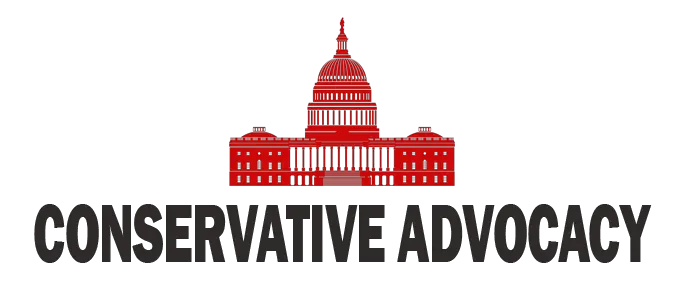In a bold and controversial move, former President Donald Trump declared April 2, 2025, as “Liberation Day,” unveiling sweeping tariffs designed to overhaul decades of what he described as unfair trade practices. The announcement, made in the White House Rose Garden, included a 10% baseline tariff on all imports and additional “reciprocal tariffs” targeting countries with significant trade imbalances or higher tariffs on U.S. goods. Trump framed the initiative as a declaration of economic independence, asserting that these measures would protect American workers, revive domestic manufacturing, and reduce the nation’s staggering $1.1 trillion trade deficit.
Trump’s tariff strategy is rooted in his long-standing critique of globalization and free trade agreements like NAFTA and the WTO, which he argues have hollowed out America’s industrial base. The reciprocal tariffs aim to level the playing field by matching or undercutting the tariffs imposed by trading partners. For example, China will face a combined tariff rate of 54%, while the European Union will see a 20% levy. Trump justified these actions as necessary to address what he called a “national emergency,” emphasizing that chronic trade deficits threaten both economic security and national defense.
While supporters hail the tariffs as a long-overdue correction to decades of economic mismanagement, critics warn of significant risks to both the U.S. and global economies. Financial markets reacted sharply, with Wall Street experiencing its worst day since 2020. The S&P 500 plunged nearly 5%, erasing $2 trillion in market value, while the Dow Jones and Nasdaq also suffered steep losses. Economists caution that these tariffs could lead to higher consumer prices, particularly for essential goods like food and electronics, disproportionately impacting lower-income households. Additionally, fears of retaliatory measures from affected nations could exacerbate global economic instability.
Despite these concerns, Trump remains resolute, arguing that short-term pain is necessary for long-term gain. His administration projects that the tariffs will generate $6 trillion in revenue over the next decade, funding tax cuts and infrastructure investments while incentivizing companies to relocate production to the U.S. Senior trade advisor Peter Navarro echoed this optimism, framing the tariffs as a catalyst for an American manufacturing renaissance. However, international backlash has been swift, with China and the European Union vowing retaliatory measures that could escalate into a full-blown trade war.
“Liberation Day” marks a defining moment in America’s economic policy, underscoring Trump’s commitment to an “America First” agenda. While the long-term effects of these sweeping tariffs remain uncertain, their immediate impact has already ignited fierce debate over their efficacy and fairness. For Trump’s supporters, this bold move represents a reclaiming of American sovereignty; for critics, it risks isolating the U.S. in an increasingly interconnected global economy. As the dust settles, one thing is clear: this is not just a policy shift but a statement of intent to reshape America’s role on the world stage.




